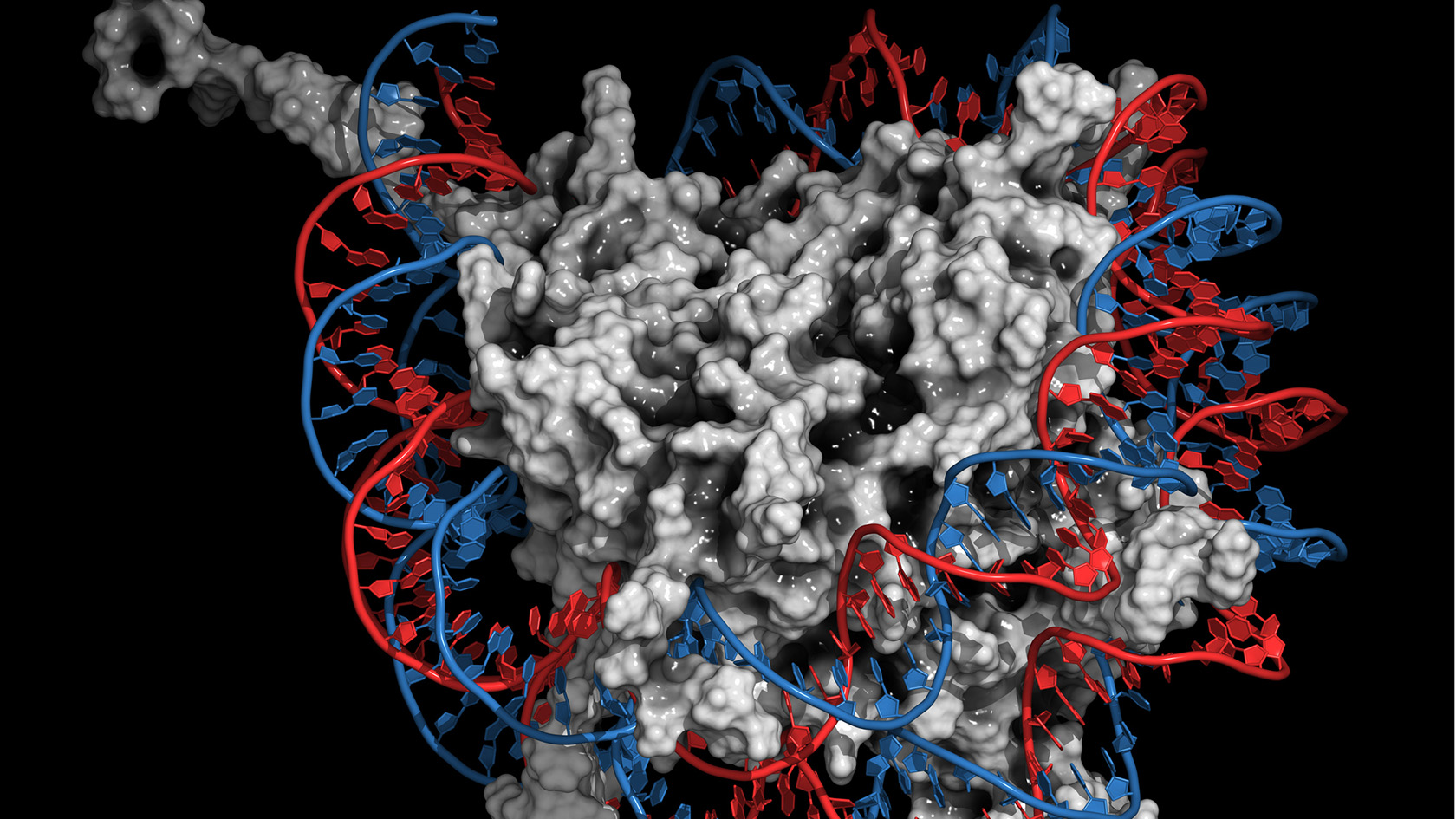How DNA is made available for replication
Before DNA in cells can be replicated or repaired, a very specific process must take place. By combining experiment and simulation, researchers led by the University of Zurich were able to decipher this process in detail. Their work also represents a larger change in classical structural biology and our understanding of unstructured proteins.

Proteins are the central building material of our bodies. As a fundamental component of the cell as well as of DNA and its genes, they make us who we are. Scientists who study the complex interactions of proteins often use high-performance computing (HPC) resources to reveal what otherwise would remain hidden in experiments alone. Recently, an international team of researchers led by the research group of Ben Schuler, professor of molecular biophysics at the University of Zurich, succeeded for the first time in using HPC to decipher the process that activates the DNA in the cell nucleus at the molecular level.
For this process it is essential that the packaging of the DNA in the so-called nucleosome is loosened. The nucleosome is a unit of DNA chains that wrap around histones, which are proteins that are important for packaging. Nucleosomes are the central components of chromatin, in which the approximately two-metre-long chains of DNA in the cell nucleus are compressed into a tiny space of about one 1000 cubic micrometres. In this packaging process, a specific, strongly positively charged histone (H1) helps to seal and compact the strongly negatively charged DNA. In order to loosen this tight packaging, for example, to replicate or repair the DNA, this histone H1 must be detached.